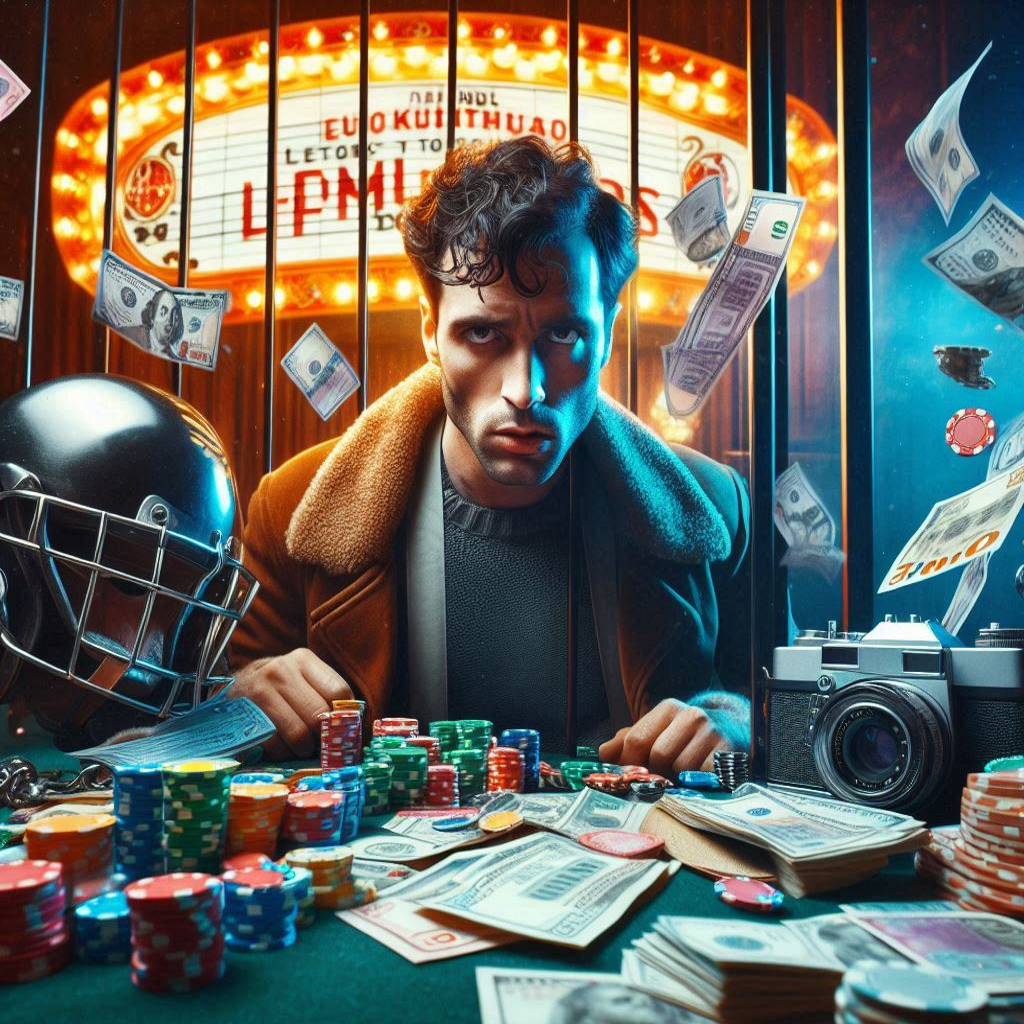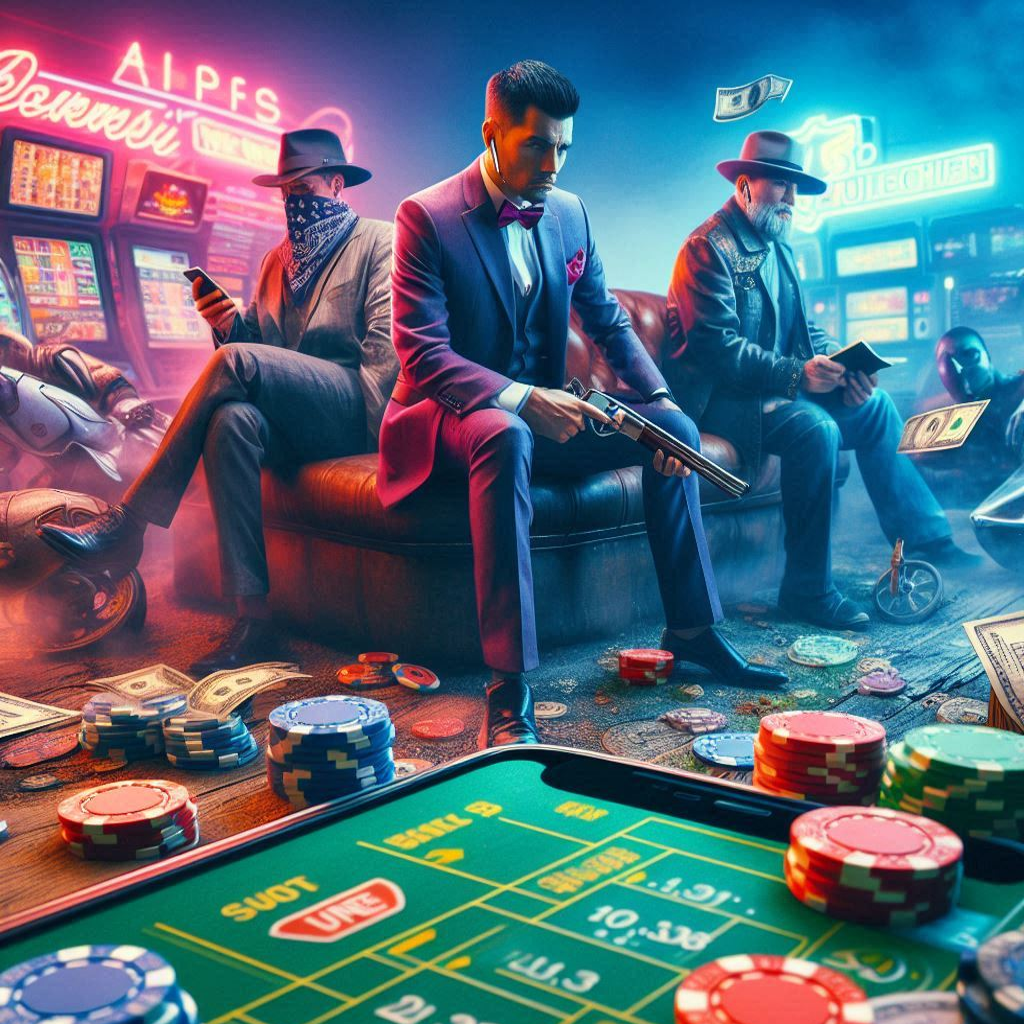When it comes to online casinos, most designs are made with left-to-right (LTR) languages in mind, which can leave many users in the dust. The world is diverse, and many people speak right-to-left (RTL) languages like Arabic and Hebrew. This means that to create a great user experience (UX) in the casino world, designers must learn how to make interfaces that support RTL languages. But what does that really mean?
First, let’s understand some important terms. UX, or user experience, is all about how a person feels when they use a product or service. It involves everything from how easy it is to use a website to how enjoyable the overall experience is. On the other hand, an interface is the place where users interact with a website or app, such as buttons, menus, and graphics.
Designing for RTL languages isn’t just about flipping things around. It’s about considering how readers from those languages view and process information. For example, when text flows from right to left, visuals should also follow that flow for balance. This can also mean rethinking layout, navigation, and even icons so that everyone can enjoy playing games without feeling confused.
Native American Casinos: More Than Just Gambling! #youtubeshorts #shortvideos #history #shorts
Incorporating culture into these designs is also key. Colors, symbols, and images can have different meanings in various cultures, and being aware of these differences creates a more welcoming space for players. By doing so, casinos can stand out and attract a wider audience.
In conclusion, designing casino interfaces for RTL languages is not just a task—it’s a chance to embrace diversity. By focusing on UX and adjusting designs to meet the needs of RTL users, we can create a more inclusive gaming experience that makes everyone feel at home.
The Importance of UX for RTL Languages in Casino Interfaces
When it comes to designing user experiences (UX) for online casinos, understanding the needs of users who speak right-to-left (RTL) languages, such as Arabic and Hebrew, is crucial. Casino interfaces must be tailored to accommodate these users, ensuring they can easily navigate and enjoy their gaming experiences.
Understanding RTL Languages
RTL languages, unlike left-to-right languages like English and Spanish, start from the right side of the screen. This fundamental difference significantly impacts how users interact with digital interfaces. Some key characteristics of RTL languages include:
- Text Direction: Text flows from right to left, affecting not only wording but also layout.
- User Preferences: Users might prefer navigation elements and buttons to be oriented to support their reading habits.
- Visual Hierarchy: Titles, subtitles, and key information should be arranged to guide the reader’s attention effectively.
Challenges in Designing Casino Interfaces for RTL Users
Designing casino interfaces for RTL users presents various challenges:
- Layout Reversal: Traditional left-to-right layout conventions need to be reversed, which can be confusing.
- Icon Orientation: Icons that symbolize direction or actions may also need to be flipped.
- Text Overflow: There is a risk of text being cut off or hidden if not properly formatted.
Some experts point out the need for better design practices. “When creating interfaces for RTL languages, the typical approach is often overlooked, leading to user frustration,” one designer mentioned.
Best Practices for Designing RTL Casino Interfaces
To ensure a positive UX for RTL users, casino websites can adopt several best practices:
1. Reverse the Layout
Positions of buttons, menus, and forms should be mirrored. For example, the “Back” button should be on the left, while the “Next” button should be on the right.
2. Use Icons Wisely
Icons should also be oriented correctly. For instance, if an arrow points to the right, it might indicate moving to the next page for LTR audiences, but for RTL audiences, it could create confusion. Adjust these thoughtfully.
3. Test with Real Users
Continuous testing and feedback from native RTL users are essential. The more input you receive, the better your design can become. An industry expert once stated, “User testing in different linguistic contexts reveals pain points often missed in initial designs.”
4. Maintain Visual Consistency
Although the layout changes, the overall design theme should still feel familiar. Colors, fonts, and styles should remain consistent with the brand, ensuring a cohesive look and feel.
| Navigation Menu | Top Left | Top Right |
| Dropdowns | Open Downwards | Open Downwards |
| Buttons | Left Aligned | Right Aligned |
Additional Considerations
Designers must keep in mind cultural nuances that may influence gameplay and visual preferences. This involves understanding popular games within the region and integrating local themes.
Future Trends in RTL Design
As technology evolves, we anticipate that tools supporting multilingual capabilities will improve. This can enhance the process of designing for RTL languages, enabling dynamic layouts that adjust seamlessly.
In conclusion, creating an optimal UX for casino interfaces that support RTL languages is a complex, yet rewarding task. By following best practices and staying aware of cultural sensitivities, designers can create engaging, user-friendly experiences for a broader audience.
Remember, “Design is not just what it looks like and feels like. Design is how it works.” This quote serves as a reminder that functionality must go hand-in-hand with aesthetics, especially in diverse linguistic environments.
What is UX for the Other Half?
UX for the Other Half refers to the practice of designing user experiences specifically tailored for users who speak right-to-left (RTL) languages. This includes understanding their unique needs and preferences to create interfaces that are intuitive and user-friendly.
Why is designing casino interfaces for RTL languages important?
Designing for RTL languages is crucial because it enhances accessibility and usability for a significant portion of users. It ensures that players from RTL language backgrounds can navigate casino interfaces comfortably, which can lead to increased engagement and satisfaction.
What challenges do designers face when creating RTL casino interfaces?
Designers often face challenges such as reversing layout components, ensuring that text is legible and flows correctly, and adapting visual elements to align with RTL reading patterns. Additionally, it’s essential to consider cultural nuances that may impact design decisions.
How can I ensure my casino interface is user-friendly for RTL speakers?
To create a user-friendly interface, first, engage with RTL-speaking users during the design process. Use clear typography, adapt navigation elements to align with RTL reading patterns, and ensure that all interactions, including buttons and icons, are appropriately mirrored.
Are there specific design elements I should focus on for RTL interfaces?
Yes, focus on key elements such as text alignment, directional indicators, and button placement. It’s also important to revise visual components, like images and icons, to ensure they are culturally appropriate and complement the overall design.
What tools can assist in designing for RTL languages?
Various design tools and resources can assist in creating RTL layouts, including design software that supports bi-directional text, prototyping tools that allow for easy mirroring, and accessibility testing tools to evaluate the user experience for RTL speakers.
How can user testing improve my RTL casino interface?
User testing with RTL speakers can provide invaluable insights into how users interact with your interface. This feedback can help identify usability issues and inform design improvements, ensuring that the final product meets the needs of your target audience effectively.



